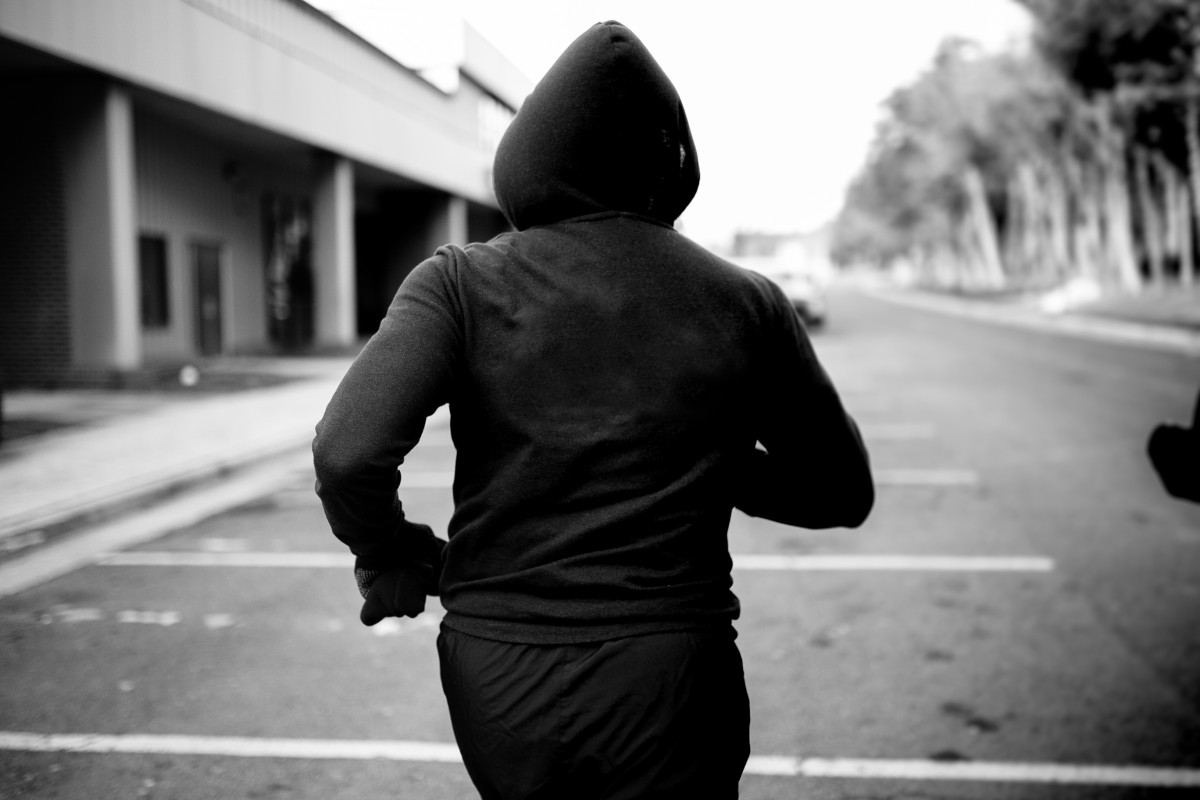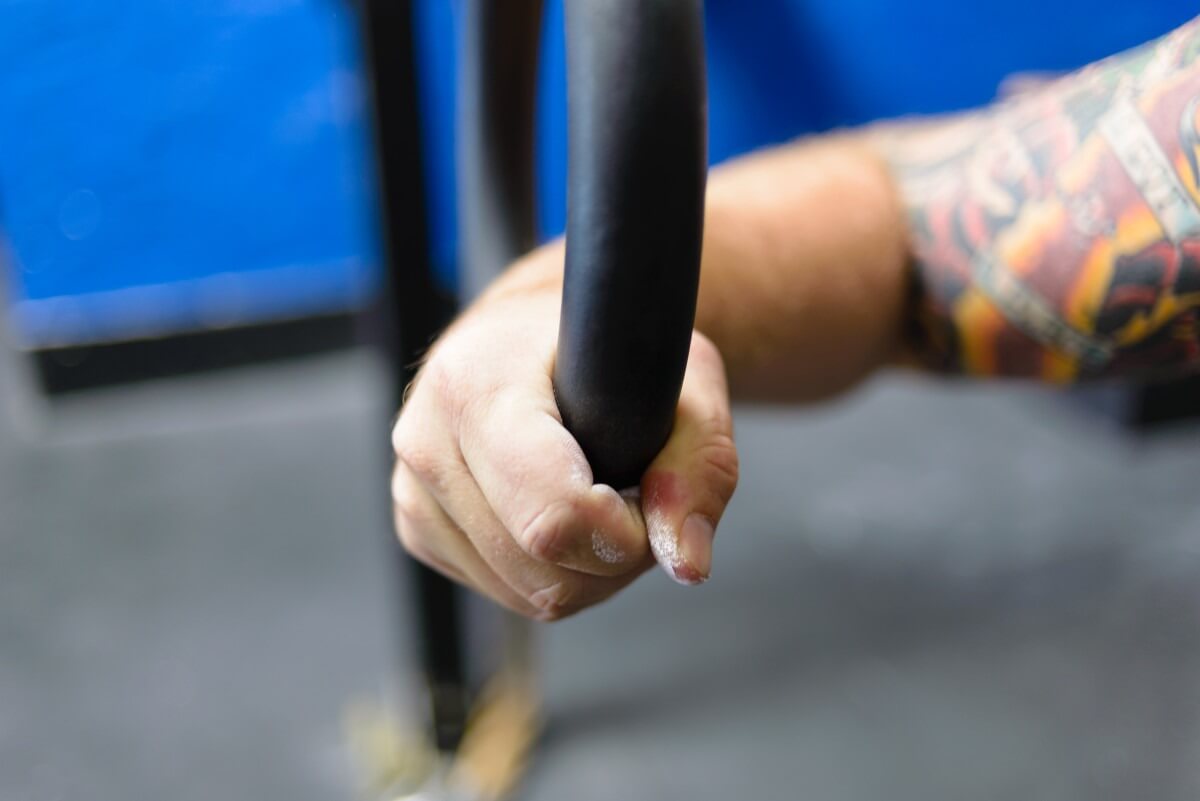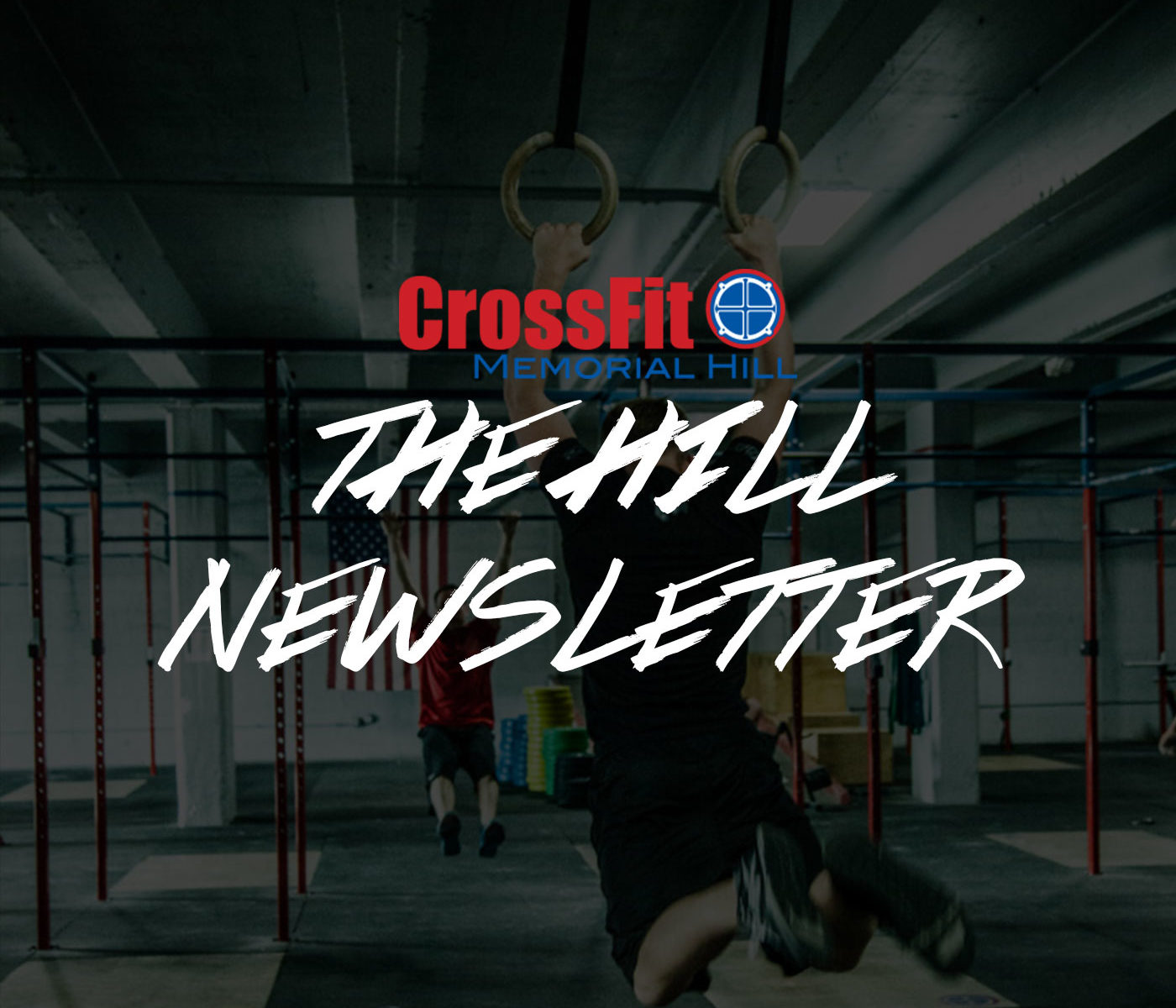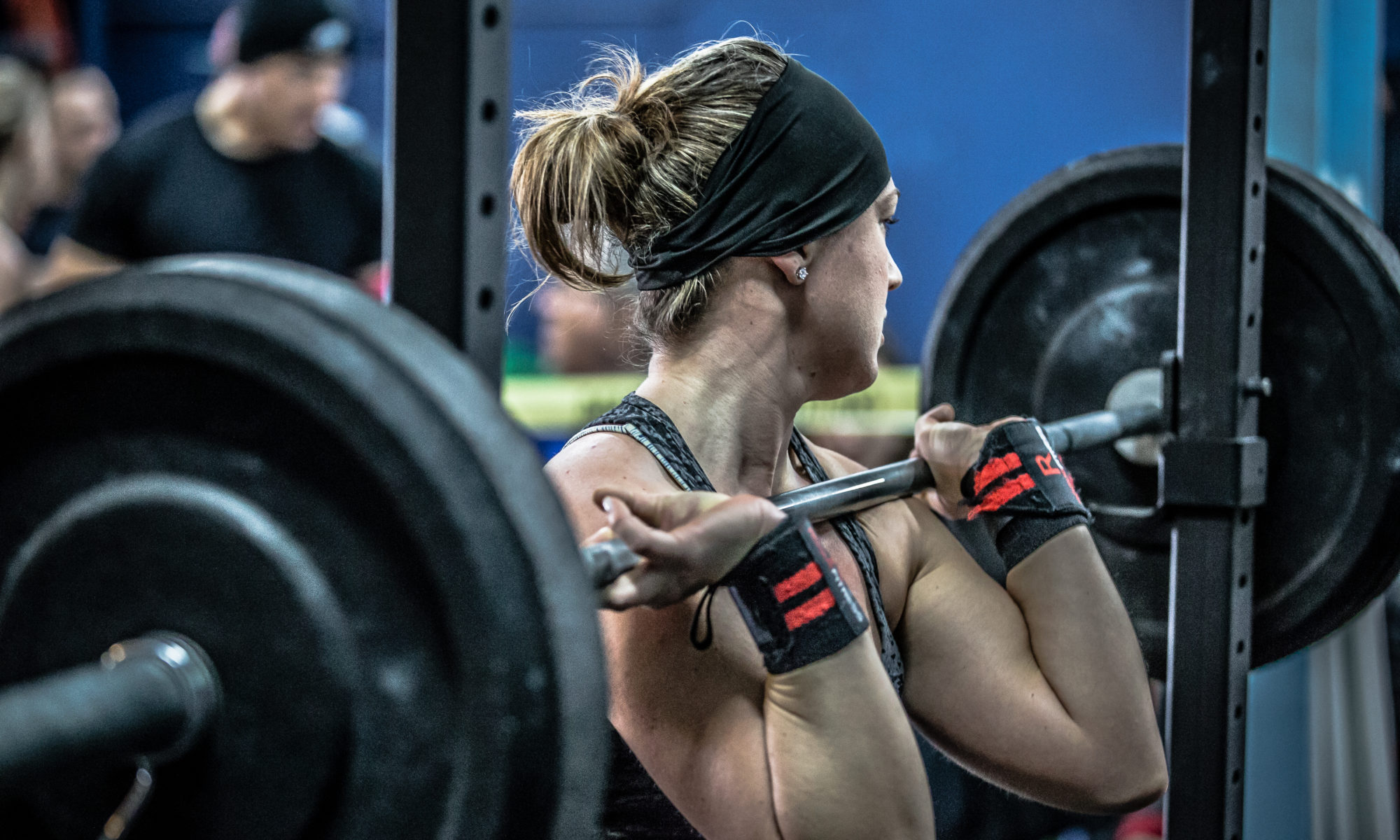While some may argue that the Open is a time to look back, I prefer to look forward.
For all it’s fun, heartache, soreness, and competition the Open also serves the function of motivation. It allows us to look at the holes in our game and really take pause to ask:
What are we testing?
I’ve personally participated in every Open workout every year since its inception. I’ve gone into the Open at 148 pounds (that’s very small for me) with 38 unbroken pull-ups and I’ve also gone into it with a 2.5x bodyweight back squat (pull ups weren’t as easy then…). This is the first year I feel I’ve entered as generally prepared as possible. General Physical Preparedness – GPP – is the test of the Open. I attribute this primarily to the month of very traditional CrossFit leading up to the Open.
What is GPP?
Most people at The Hill know a certain version of CrossFit loosely termed the Conjugate Method. You know this as a strength-biased program built on top of a Constantly Varied, Functional Movement, High-Intensity workout (Metabolic Conditioning, or MetCon). We’ve given preference to a strength-biased program primarily because we value athletic longevity – getting to old age with as much independence and fitness as possible. Strength cannot be ignored for this goal.
Traditionally, CrossFit does not have the multiple component days that athletes at The Hill are accustomed to. CrossFit, in it’s inception, was designed to provide short, simple, intense workouts built in couplets (2 movements), triplets (3 movements), and chippers (20 min+) – the workout itself actually constructing the smallest portion of a 1-hour class.
The beauty of the affiliate model is that the gyms’ programmers are free to interpret GPP in whatever way yields the best results to whatever end they see fit. Coaches are free to choose their own risk-reward continuum. For us – joint health & strength, bone density, longevity, and injury prevention are the cornerstones of our GPP program.
But what do you want?
The Open also breeds this subtle unease amongst athletes. All of the sudden, a mirror is held up to the athletes’ previous 47 weeks of life & training. We see exactly where we’ve concentrated effort and where we’ve fallen short. We’re forced to face those movements we’ve sandbagged and relish the times a movement shows up on which we’ve concentrated our daily efforts. We’re forced to ask ourselves: “What do I want?”
I had a delightful conversation with a young athlete at The Hill this week. She RX’d double unders in a workout for the first time ever. What was her secret? 5 minutes a day. Seriously – this is how I learned everything I’ve ever learned in CrossFit. 5 minutes a day. Muscle-ups, Double Unders, Kipping, Pistols, Mobility – you name it, I learned it in 5 minutes a day of consistent effort. I started CF in a globo gym without a coach and never learned a thing. Then, I was given progressions by my first coaches. That first gym wasn’t big enough for concurrent Open Gym time, so my only choice was 5 minutes before every class. That’s a very powerful 5 minutes.
Since maintaining records of such data, I’ve seen 218 unique movements & exercises programmed in CrossFit. Let’s let that sink in for a second – TWO HUNDRED AND EIGHTEEN MOVEMENTS. For reference, Powerlifting has 3. Weightlifting has 2 (…3 if you wanna separate the Jerk). Hell, a decathlon has only 10.
So, this begs the question: How the hell can you get good at 218 unique movements?
Everything is Everything.
There was a young athlete that trained with us a couple years before going on to open his own affiliate in Wichita. Last year he finished 107th in the region and – as of writing this – he’s sitting in 44th. That’s no small feat and certainly deserves some serious props. Between last year’s Open and this year’s he went to get his CrossFit Level 1 Trainer certificate. After finishing the course, I asked him about his experience. His response: “The coaches tore me apart. My air squat was horrendous. I’ve completely dedicated myself to fixing my squat and mobility.”
If you know this athlete you know that he’s strong as an ox, can outfit anyone, can do a million unbroken pull-ups, and has a nearly unmatched work capacity. I mean, why should he work on his air squat. That’s CrossFit Fundamentals stuff…
But, this is the exact mentality that has closed his Regionals gap by 1/2 over the course of the year. By the way – closing a gap like that over a year is freaking unheard of. Since the pool of talent has expanded so greatly, he needed to outpace other competitors by nearly 200%. Very impressive. So what separates average from good? Good from great? Great from the best? The basics. Understanding that Everything is Everything. Knowing that adding more weight onto a back squat is pointless if your air squat sucks.
Good athletes seek increased complexity.
Great athletes perfect the simple.
Good athletes add.
Great athletes subtract.
Good athletes seek programming.
Great athletes seek coaching.
That’s it. I’ve had eyeballs on 4,000 athletes of various abilities & disabilities, skill-levels, and goal pursuits and this is the definitive separator.
But, back to what you want – there is no wrong answer to this question. Do you want to spend all your Open Gym time building up a huge squat? AWESOME! I’m a huge fan of that. Is doing a muscle-up not worth the 5 minutes a day of drills? That’s fine too! Far be it from to me impose a goal on you. But, I will be here to let you know when your pursuit is counter-intuitive to your goals and help provide a path forward.
If you get to the Open every year and constantly come up against 1 or 2 movement – maybe it’s time to tackle them this year? Or not. It’s entirely up to you. The Bench Press is awesome; probably won’t help in the Open.
The point is this: with 218 movements in the grab bag, it’s literally impossible to optimally train each one let alone predict their appearance. You know the progressions and drills for each. Now, you just need to dedicate the 5 minutes everyday.
PROGRAMMING: A look forward.
I’ve grown to love the L1, L2, L3 structure of our intramural Open. I initially thought it would divide people, but I’ve come to realize that it empowers people. Instead of picking out a movement and scaling that individual movement up or down, it gives people the opportunity to be the best L2 (or 1 or 3) they can be. It gives preference to GPP – weights on the barbell are commensurate with equally weighted gymnastics skills. It shows us where we can back off and where we can step on the gas.
So, beginning the week after the Open this will be a new feature of our programming – A, B, and C. Each level will be written as it’s own track to be followed horizontally; giving preference to GPP. No more guesswork on how to scale a single movement – Progression > Scaling.
Here’s what that may look like:
A) 21-15-9
Thrusters, 95/65
Pull-Ups
B) 21-15-9
Thrusters, 75/45
Jumping Pull-Ups
C) 21-15-9
Thrusters, 45/25
Ring Rows
In each level, athletes will finish at about the same time – getting everyone the optimal adaptation. It will also allow you to gauge your own progression in a very tangible manner. So, instead of saying: “There’s no options for _____ (advanced, intermediate, beginner) athletes” you’ll have the ability to actually compete at that level. Once you find yourself at the top of the leaderboard or performing at or above the intent of A, B, or C consistently you’ll be able to move up knowing that you’re doing so as a well-rounded athlete.
To optimally pursue GPP, we recommend sticking to a level for several weeks versus jumping around level-to-level and movement-to-movement. Of course, we surely don’t want to impose a goal upon you. If you prefer to jump around and give preference to strengths over weaknesses, that’s completely cool with us! Our job is to provide an environment for exploration and a path forward when you’re ready.
Congrats on making it this far in the Open. Here’s to the next 47 weeks!
Matt.











